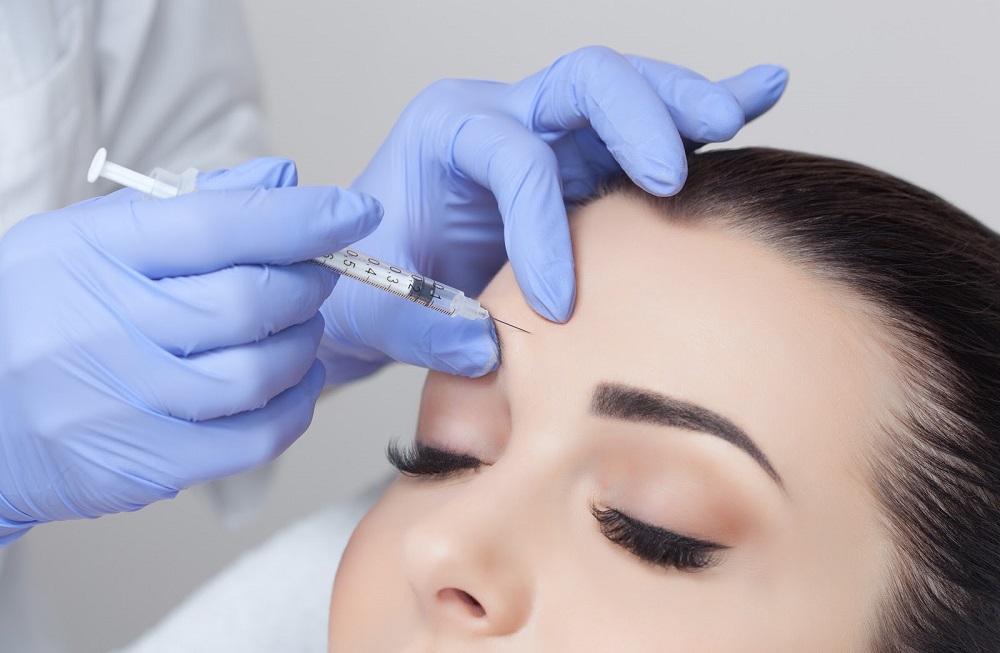
In the ever-evolving field of aesthetics, Botox has emerged as a popular and effective treatment for reducing wrinkles and enhancing facial features. However, the success of Botox administration lies not only in mastering the injection techniques but also in having a profound understanding of facial anatomy. In this article, we delve into why facial anatomy is essential within a Botox Injection Training course.
Precision in Injection Techniques
One of the primary reasons why a thorough understanding of facial anatomy is crucial in Botox training is to achieve precision in injection techniques. The human face is a complex network of muscles, nerves and blood vessels, each with its unique characteristics and functions. A well-trained practitioner must be able to navigate this intricate landscape to administer Botox injections accurately.
By understanding the location and function of specific muscles, a practitioner can tailor Botox treatments to target specific areas effectively. This precision not only enhances the overall outcome of the procedure but also minimises the risk of complications, such as asymmetry or unintended muscle paralysis.
Safety First
Facial anatomy knowledge is paramount for ensuring the safety of both the practitioner and the patient. Injecting Botox into the wrong areas or at an incorrect depth can lead to adverse effects, ranging from mild discomfort to severe complications. A comprehensive understanding of facial anatomy allows practitioners to identify high-risk areas and take necessary precautions to mitigate potential risks.
For example, knowledge of the facial nerve pathways is crucial to avoid accidental injections into nerves, preventing facial weakness or other neurological issues. Additionally, awareness of vascular anatomy helps practitioners avoid injecting Botox into blood vessels, reducing the risk of vascular compromise.
Personalised Treatment Plans
No two faces are alike, meaning a one-size-fits-all approach to Botox treatments is ineffective. Facial anatomy knowledge empowers practitioners to create personalised treatment plans tailored to the unique features and needs of each patient. This personalised approach not only enhances the effectiveness of the treatment but also ensures a more natural and harmonious result.
Understanding the dynamic interactions between muscles and facial expressions is essential for predicting how Botox will impact an individual’s appearance. Practitioners who grasp the nuances of facial anatomy can strategically administer Botox to achieve the desired outcome while preserving natural facial expressions.
Summary
In conclusion, a Botox training course that prioritises facial anatomy education lays the foundation for successful and safe practice. Precision in injection techniques, prioritising safety, creating personalised treatment plans, and building trust with patients are all direct outcomes of a deep understanding of facial anatomy. As the field of aesthetic medicine continues to evolve, practitioners armed with this knowledge are better equipped to navigate the complexities of facial aesthetics and deliver optimal results for their patients.
If you are a healthcare professional looking for a Botox Training course get in touch with the Dr Hennnessy Academy today.




